Over the years I’ve read time and again the benefits of diversifying your investments.
Diversify your stock holdings by investing in index funds, buying the entire market, and not just an individual stock.
Diversify across sectors by investing in loans via peer-to-peer lending.
Diversify your investments by holding investments that aren’t directly tied to the stock market, like real estate.
Quick Navigation
- Investing In Real Estate Can Have Significant Startup Costs
- Fundrise History
- The Evolution Of Fundrise
- Goal-Based Real Estate Investing Based On Your Needs
- Fundrise Investments
- Fundrise Performance & Returns
- Liquidity Of Your Investments
- Fundrise Minimums, Fees & Charges
- Fundrise Pro Membership
- Fundrise Makes Investing In Real Estate Easy For Everyone
Investing In Real Estate Can Have Significant Startup Costs
I’ve considered buying rental properties in the past, and while I may still go down that road in the future, the one thing that has kept me from that thus far is the idea of needing to have a large amount of up-front capital to invest in a property. Not only that, you need to make sure you’re buying the right property, in the right area, and at the right price point, with potential for future cash flow. I just haven’t had the bandwidth to consider the idea.
While it’s potentially very rewarding to invest in real estate, it’s complicated, expensive, and can be a lot of work.
This past year I started to hear more and more about companies that are opening up the real estate investment market for smaller investors. They are real estate investing sites, where you can come in with a low minimum investment, and invest in diversified real estate holdings.
Today I want to talk about one of the best real estate investing sites available for smaller investors, Fundrise.
Fundrise History
So when was Fundrise founded, and what services do they offer? From Wikipedia:
Fundrise is a US-based financial technology startup company that operates an online investment platform. Fundrise has been labeled as the first company to successfully crowdfund investment into the real estate market.
As of December 31, 2017, Fundrise had originated approximately $344 million in both equity and debt investments across real estate transactions representing approximately $1.9 billion of real estate property value.
Fundrise was founded in 2010 by brothers Ben and Dan Miller and launched in 2012 before the passing of the JOBS Act, which enacted securities regulation to streamline the process of equity crowdfunding in the United States. On December 3, 2015, Fundrise launched the Fundrise Real Estate Investment Trust, the world’s first “eREIT” or online real estate investment trust with an initial offering of $50 million pursuant to Regulation A+.
The Fundrise eREIT offering provides prospective investors with the opportunity to invest in an intended portfolio of properties across the United States for a minimum of $1000. The aim of the eREIT is to use new technology to give both accredited and unaccredited investors the option to invest in US real estate. This financial offering, the first of its kind, was made possible by the expansion of Regulation A under the JOBS Act.
So Fundrise is an online real estate investing platform that has allowed accredited and unaccredited investors, to invest in crowdfunded real estate portfolios. With a low minimum of only $10 and no need to be an accredited investor, just about anyone can get involved and add real estate to their portfolio.
The Evolution Of Fundrise
When Fundrise launched in 2012, real estate developers could apply for loans through Fundrise, and if approved, investors could invest in each project directly. The problem for the average investor was that all the investors had to be accredited.
An accredited investor is generally someone with either a demonstrated income of $200,000+ or a net worth of over $1 million dollars. That means originally a lot of potential investors were left out of the mix.
On June 19, 2015 Title IV of the JOBS Act went into effect and private companies were now able to raise up to $50 million per investment offering via funding from all investors, not just accredited investors.
Fundrise decided to make some major changes to their platform with Regulation A+ of Title IV going into effect. They went from focusing on individual real estate projects with accredited investors only, to offering proprietary eDirect real estate investment funds in accordance with Regulation A+ of Title IV. Now anyone can invest!
Goal-Based Real Estate Investing Based On Your Needs
Fundrise currently has several investment plans that you can choose from when you sign up to invest.
If you are starting with the $10 minimum you’ll only have the “Starter” plan available to you.
Once you reach $1000 invested you can upgrade your plan to one of the “advanced plans” which offer greater diversification and the ability to customize your portfolio to your goals a little bit more.
- Starter Plan: The $10 minimum gives you investment diversification across a mix of about 36+ different real estate projects.
- Supplemental Income Plan: This plan is more income-oriented with more quarterly dividends, and less appreciation. Primarily allocated to debt real estate assets. There are currently 57 active projects in this plan.
- Balanced Investing Plan: This plan is a more mixed blend of dividends and appreciation and gives a balanced mix of income and growth strategies. Allocated across both debt and equity real estate assets. There are currently 94 active projects in this plan.
- Long Term Growth Plan: This plan aims to give better long-term returns via an appreciation in share value, with fewer dividends. It is a growth-oriented equity strategy and the portfolio mainly is allocated towards equity real estate assets. There are currently 90 active projects in this plan.
The above plans are the main vessels for your investments, but what are the investments? The investments are actually in eREITs and eFunds. eREITs and eFunds are essentially limited liability companies that holds the diverse real estate projects in your portfolio. When you invest you are actually buying shares of these companies, allowing you to diversify your holdings into many properties, efficiently at a low cost. Let’s take a look below.
Fundrise Investments
The investment types held in your Fundrise accounts are both an invention of Fundrise and are similar to ETFs or mutual funds. They are the eREIT and eFund. Let’s take a look at each.
eREITs (electronic Real Estate Investment Trusts)
An eREIT (electronic Real Estate Investment Trust) is an invention of Fundrise, and it makes investing in commercial real estate possible for regular folks. It typically is used for income investments.
eREITS are similar to an ETF or mutual fund but are not publicly traded. You buy it directly from Fundrise and not through a broker, which means that the fees are substantially lower. No middleman means that there are no upfront fees or commissions – which can sometimes be over 10-15%. Instead Fundrise charges just a 1% annual asset management fee. More on that below.
The main downside is that your investment isn’t nearly as liquid as with an exchanged-traded REIT, where you can actively trade shares. With an eREIT, you can redeem your shares via a quarterly redemption program, with some limitations. It’s meant to be a longer-term investment, and as such it isn’t as liquid.
eFunds (Electronic Fund)
An eFund (electronic fund) is also an invention of Fundrise and invests mainly in commercial real estate. eFunds are more geared towards growth investing.
Like eREITs, the funds are offered to investors directly, so you won’t have any broker’s fees or commissions.
Fundrise Performance & Returns
So what is the performance of Fundrise investments, net of fees?
Fundrise reveals annualized performance figures on its site. In Fiscal years 2014-2018 they returned:
- 2014: 12.25%
- 2015: 12.42%
- 2016: 8.76%
- 2017: 10.63%
- 2018: 8.81%
- 2019: 9.16%
- 2020: 7.31%
- 2021: 22.99%
- 2022: 1.5%
As always past returns are not a guarantee of future results, but it’s good to see a positive track record for their investments.
Liquidity Of Your Investments
One of the downsides of investing with a non-traded eREIT or eFund is that they aren’t necessarily as liquid of an investment as a publicly traded ETF or mutual fund. By definition, it’s meant to be a long-term investment of more than 5 years, and there is currently no secondary market for selling your investment.
Fundrise wants to encourage long-term investors, but you do have options if you need to cash out, however.
Fundrise has quarterly redemption periods where you can cash out of your investments. Each eREIT or eFund has its own liquidity schedule where if you cash out before 5 years there is a redemption price – as a percentage of the share redemption price. Here’s a typical one from their Income eREIT:
So essentially if you cash out of your investment before 90 days, you’ll get your entire investment back. From then until 5 years there is a redemption price of 1-3% to sell your investment at one of the quarterly redemption periods.
In other words, if you want to invest in Fundrise, make sure you’re in it for the long term and you won’t need the money for a while. While the redemption fees aren’t outrageous, they will cut into earnings if you need to sell.
Fundrise Minimums, Fees & Charges
So just how much money do you need to get started investing with Fundrise?
Minimum Investment
Currently, Fundrise has one of the industry’s lowest minimums to get started investing in real estate at only $10.
If you want to take advantage of the advanced plans (that offer greater diversification and more ability to tailor your investments towards your goals), you can upgrade at no cost once your investment reaches $1,000.
Fees
Just how much can you expect to pay for the Fundrise service? It’s a pretty simple fee structure. You pay 1%.
Fundrise charges a 0.15% advisory fee which means, over a 12-month period, investors will pay a $1.50 advisory fee for every $1,000 they have invested with Fundrise.
Fundrise’s real estate funds have an annual 0.85% flat management fee. That’s $8.50/year for every $1,000 invested. Investors can expect to be allocated to our real estate funds if they choose to invest in our Supplemental Income, Balanced Investing or Long-Term Growth Plan.
The Fundrise Innovation Fund has an annual 1.85% flat management fee, the equivalent of $18.50/year for every $1,000 invested. Investors can expect to be allocated to this fund if they choose to invest in our Venture Capital Plan.
As an option, for investors who want to actively shape their portfolio, we have introduced Fundrise Pro. Fundrise Pro is $10/month or $99/year for those who choose to pay upfront.
So in most cases except for the innovation fund, you’re paying:
- 0.85% annual asset management fee: The asset management fee will cover ongoing operations costs and management of the real estate properties in the portfolio. It will include all accounting, financing, zoning, construction, sales, and marketing of the properties.
- 0.15% annual investment advisory fee: The advisory fee will cover all the functions of the site’s advisory service including automatic asset re-balancing, tax reporting, automated distributions, investor relations, and more.
All in, 1%.
There aren’t any transaction fees or sales commissions for buying any of the offerings on Fundrise. All dividends and returns you see reported on the Fundrise site will be net of fees.
Fundrise Pro Membership
Fundrise offers a premium membership with their service that gives you access to a host of premium features and tools. It currently costs $10/month or $99/year.
Fundrise Pro is a membership that allows investors to take total control of their investment portfolio by creating custom investment plans, doubling down on their favorite investment strategies, and accessing tools for digging through rich proprietary data—all for just $10/month.
Fundrise Pro enables you to choose your own funds (as many or as few as you like), set intelligent portfolio allocation targets, and access unique tools for tapping into a reservoir of proprietary market and portfolio data to validate your strategy.
So what are some of the features that you’ll get with your membership?
- Direct investment: Invest in specific funds with one-off investments.
- Custom plans: Create a portfolio of your making, and have full control over allocation.
- Expert-level data: Have custom deep dive data on your individual portfolio assets.
- Exclusive content: Get content Wall Street Journal insights, curated by Fundrise.
Fundrise Makes Investing In Real Estate Easy For Everyone
If you’ve wanted to take advantage of investing in real estate, but want to start small, investing with Fundrise would be a good way to get your foot in the door.
The low $10 minimum investment makes it accessible for just about anyone, and you don’t have to be an accredited investor with a large bankroll to start.
While the 1% fee may seem a bit high on the face of it if you compare it to some other investments, in reality, the fees are quite reasonable for a real estate investment when you consider all that it pays for.
If you’re looking to diversify your investments in real estate, I’d recommend giving Fundrise a look.
Invest In Real Estate With Fundrise
This endorsement is in partnership with Fundrise. We earn a commission from partner links on Bible Money Matters. All opinions are my own.| Crowdfunding Site | Fees | Account Minimum | Accredited Investor | Review |
|---|---|---|---|---|
| * Groundfloor | 0.25% | $100 | No | Review |
| * Fundrise | 1%/year | $10 | No | Review |
| * DiversyFund | None | $500 | No | Review |
| * RealtyMogul | 0.30% – 0.50%/year | $5,000 | No | Review |
| * stREITwise | 3% up front fee, 2% annual management fee. | $1,000 | No | Review |
| * FarmTogether | Intake fee of between 0.5% and 1.0%. 1% annual management fee. | $10,000 | Yes | Review |
| CrowdStreet | None | $10,000 | Yes | Review |
| Yieldstreet | 1-4%/year | $2500 | No | |
| Equity Multiple | 0.5% service charge + 10% of all profits | $5,000 | Yes | Review |
| PeerStreet | 0.25% – 1.0% setup fee | $1,000 | Yes | Review |
| Sharestates | 0-2% setup fee | $1,000 | Yes | |
| Patch of Land | 0-3% of loan total | $1,000 | Yes | |
| Cadre | Intake fee of between 1-3%. 1.5-2% annual management fee. | $25,000 | Yes | Review |
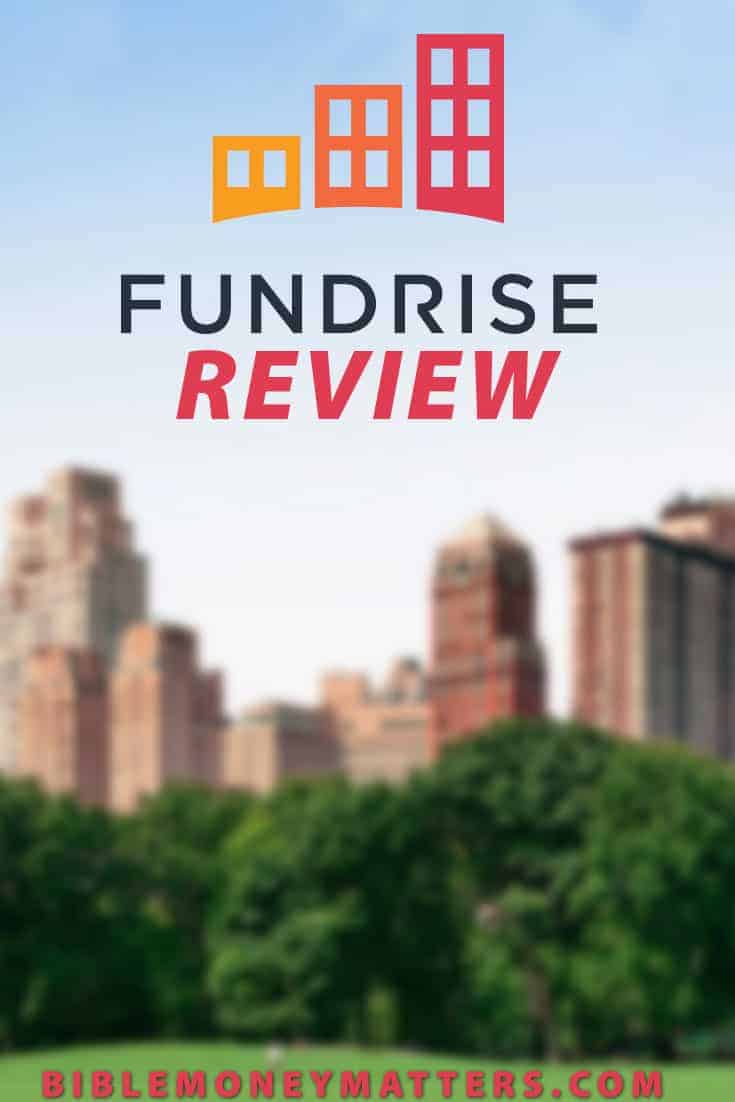

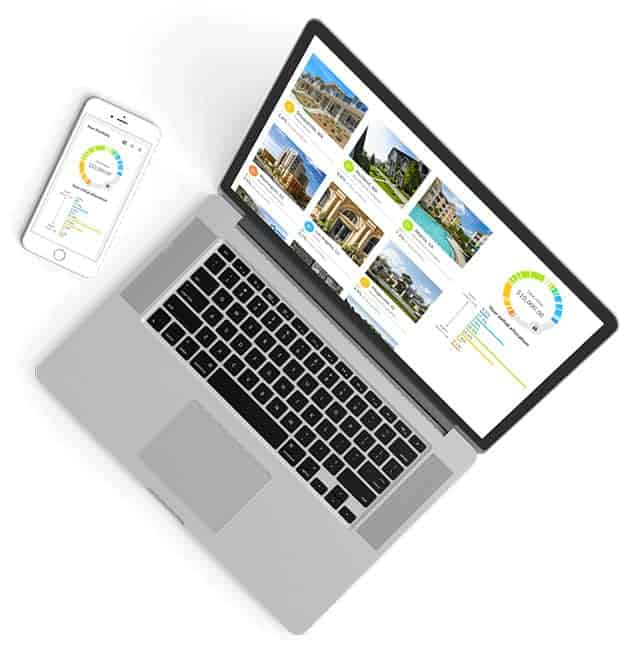
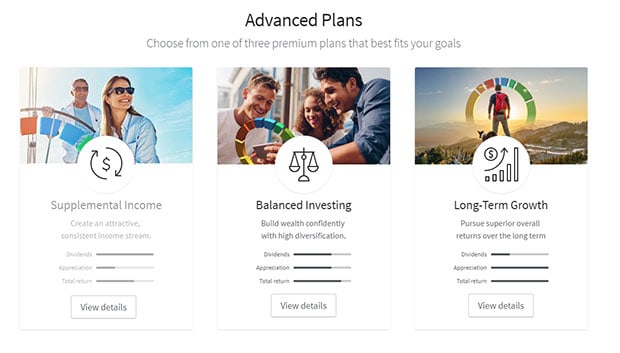
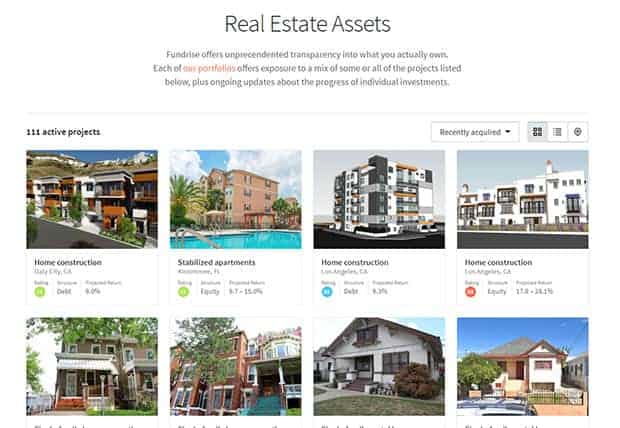
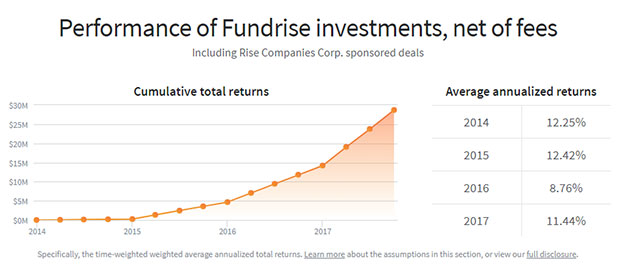






Hi Peter,
Thanks for sharing this content. I recently signed up for fundrise as well and am excited about this offer. It does have some great opportunities that am looking forward to.
Thanks again.